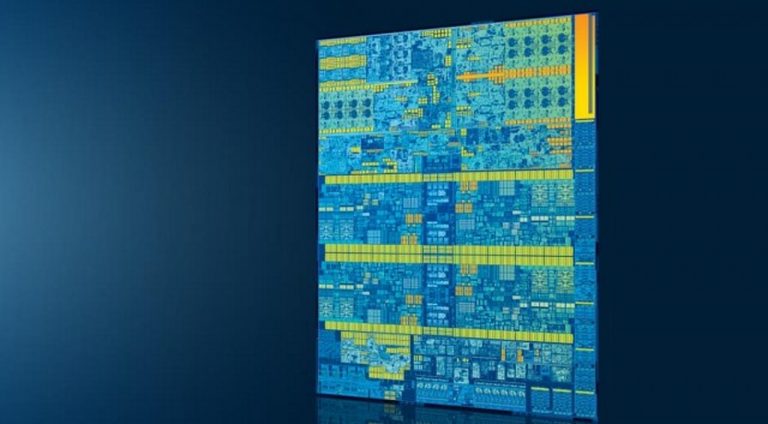Intel Has been lead in chip market for many years now and is best when it comes to CPU Processors, but with time every stats change and in no time Intel can go from Best to worst if they didn’t change themselves with time. Growing craze of GPUs and thinking it as better CPU is one of the main reason. Time is not far when our PCs or Laptops will have GPUs only and no CPU cores, resulting in crash of CPU market and so for Intel too, as GPUs by Intel are not considered that powerful as there CPUs are.
For all its silicon expertise and billions of dollars invested in research, Intel has never been a leader in graphics, though the company is now hoping to correct that situation by snapping up AMD’s graphics chief. Raja Koduri, who until this week had served as AMD senior VP and chief architect of the Radeon Technologies graphics division, is now taking up the same position at Intel. Basically, AMD’s graphics boss is becoming Intel’s graphics boss.
Intel is forming a new Core and Visual Computing Group that Koduri will be leading, with the stated intent being to unify the company’s efforts with graphics chips across its full range of products. In Koduri’s words, it’s an “opportunity to drive a unified architecture vision across [Intel’s] world-leading IP portfolio that helps accelerate the data revolution.” What that means in human language is that he’ll be in charge of putting some logic and coherence into Intel’s heretofore fragmentary and disjointed efforts to compete with AMD and Nvidia, the two leaders in graphics technology.
‘HIGH-END’ INTEL GRAPHICS CARDS ON THE HORIZON
The extent of Intel’s disadvantage versus AMD on the graphics front was illustrated by the other major announcement from the two companies this week: Intel has agreed to build processors with AMD graphics on board. These new chips are intended for laptops and will be designed to sate the greater pixel-pushing power needs of serious gamers. That’s a direct challenge to Nvidia, but it must sting for Intel to have to use AMD’s tech to make it a reality. So to rebalance its competitive position, Intel has invested in acquiring AMD’s talent, not just its designs.
Perhaps the most exciting aspect of Intel’s announcement today is the mention that the company intends to compete with “high-end discrete graphics solutions,” which means we could soon be seeing Intel graphics cards trying to lure us away from the traditional Radeon and GeForce options from AMD and Nvidia. That would take a lot of doing, as Intel hasn’t shown itself to be the best at tuning its graphics hardware and getting the most out of it, so one of Koduri’s major tasks will be to get Intel software and drivers up to the same standards as its competitors.
Koduri’s track record is a fine one, having previously worked at Apple between 2009 and 2013, helping to realize the company’s transition to Retina displays on Mac computers. Before and after that Apple stint, he has been with AMD, having previously worked at ATI, the graphics company that AMD bought a decade ago. With a quarter of a century of experience developing and refining graphics processing chips, Koduri is certainly well qualified to lead Intel’s renewed effort at relevance in computer graphics. But how he performs in his new role will depend as much on Intel correcting its mistakes of the past as it will on his own skills and expertise.

